Making an impact with:
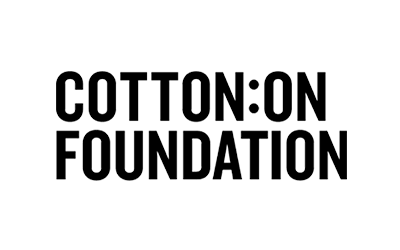


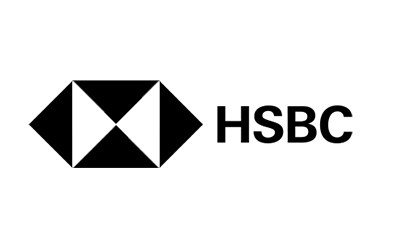
Plant Trees
This Earth Month, let's grow together
Every tree we plant tells a story of hope. Help us write that story by planting trees today!
PLANT tREEs
We work with amazing reforestation partners around the world that need your support to help get trees in the ground.
Learn more about our partnerships




